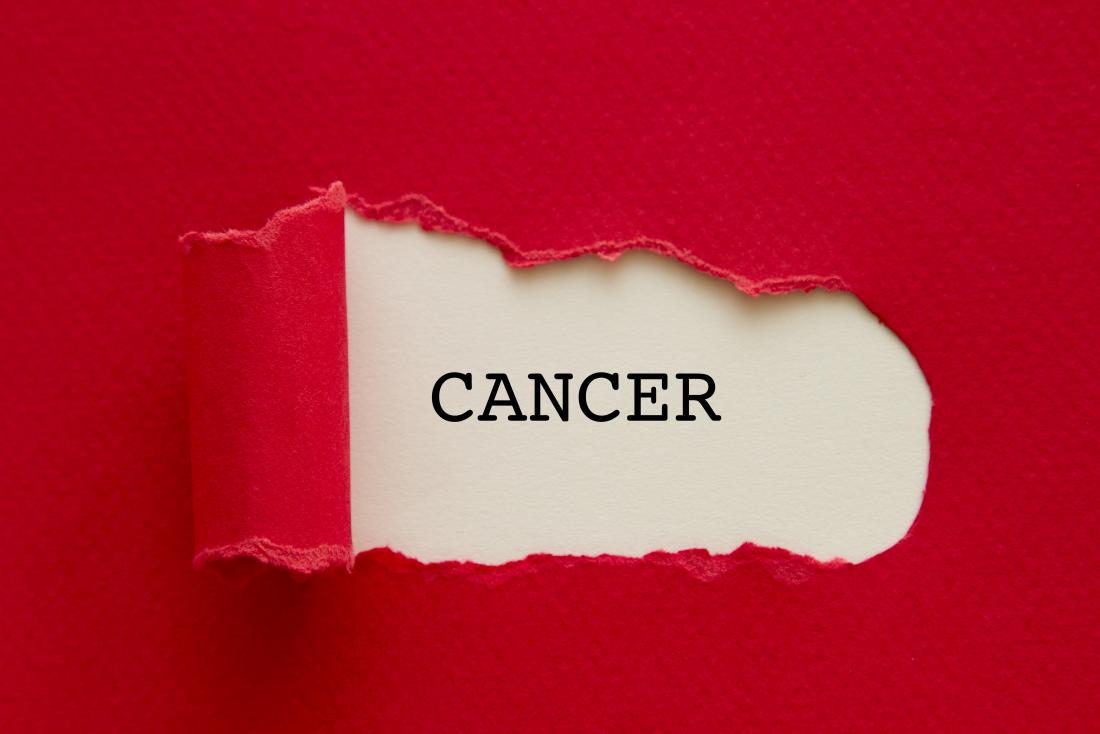- Digital Vitamin Hub: Discovering Reliable Online Platforms for B12 Injections in the UK
- Dental Tourism Exploring Affordable Dental Care Abroad
- Discovering Hope in Hospice Care, Los Angeles
- The Pain That Is Sustained After An Auto Accident Is Often Delayed
- CONSCIOUSLY DISCOVERING CARPAL TUNNEL SYNDROME
Your Youngster Is usually a Self Donor

Bone marrow is a spongy, fatty tissue current in our bones in immature type. It’s answerable for creating pink blood cells which carry oxygen and vitamins all through the physique, white blood cells that are answerable for combating in opposition to an infection and platelets that are answerable for the formation of clots. A bone marrow transplant in youngsters is carried out to treatment many ailments and sorts of most cancers. It’s a medical process to exchange bone marrow which has been destroyed or broken by illness, an infection or chemotherapy with wholesome bone marrow. The method includes changing the broken bone marrow with a brand new one, selling the expansion of recent bone marrow. Why a toddler may want a BMT? A toddler may want bone marrow transplant, if he/she has sure sorts of most cancers and different problems. The purpose is to exchange the diseased bone marrow of a kid with a wholesome one. Relying on the kid’s situation differing types transplants are used. Following are three sorts of bone marrow transplants : Several types of BMT in youngsters 1.Autologous transplant: The kid’s personal wholesome cells are used on this transplant earlier than the chemotherapy and radiation remedy. They’re saved within the freezer and after the remedy, stem cells are put again into the kid’s physique to breed regular blood cells. On this transplant, the kid act as their very own donor as their very own stem cells act as wholesome bone marrow which is required. The one benefit of this transplant is the absence of graft-versus-host illness which normally will be the case in donor transplant. 2.Allogeneic bone marrow transplant: When kid’s personal wholesome stem cells can’t be used, so donor’s genes are used. A donor will be anybody from the household corresponding to a dad or mum or a sibling. Particular checks are carried out to get the closest match to the affected person’s genes. The oncologist will decide the match assuring a optimistic end result. If the kid’s has broken bone marrow cells, the allogeneic transplant is most popular. Not like autologous transplant, allogenic has a threat of growing graft-versus-host illness. The success of this transplant extremely is determined by how carefully the donor cells match the kid’s cells. three.Umbilical twine transplant: It’s a kind of allogeneic transplant. The stem cells are harvested from the new child child’s umbilical twine proper after start. They’re then saved at a a lot decrease temperature and preserved till put in to make use of for a transplant. The cells from umbilical cords are immature and are within the budding stage, so the risk is minimal of counter-attack. With many benefits, oncologists are choosing this methodology. Is grownup and kids BMT any completely different? No. The potential issues with a toddler affected person could differ from an grownup. The chance and issues could fluctuate relying on the : Sort of transplant Illness it will likely be treating Drugs used in the course of the transplant Kid’s age and total well being Distinction between donor and recipient tissue Analysis of the kid’s well being A bone marrow transplant for a kid have intensive analysis which is taken care by a crew of medical professionals. Elements such as- baby age, well being, medical historical past, kind of illness, development of the illness, kind of transplant to be carried out, availability of a donor, bodily and psychological well being of the kid, drugs and process tolerance and expectation from the transplant surgical procedure and restoration time interval. Conclusion: A bone marrow transplant in baby is profitable. The chance and issues are concerned in all sorts of transplant surgical procedures. The kid might be evaluated on his/her well being in the mean time. A chemotherapy or radiation or typically each are given to the kid previous to the transplant. The chemotherapy destroys broken or diseased bone marrow and required bone marrow is transplant. After the surgical procedure the kid is saved below commentary for graft-versus-host-disease.
